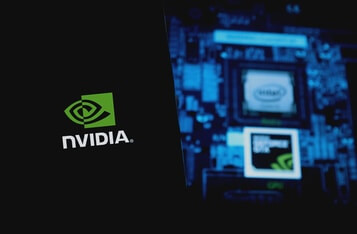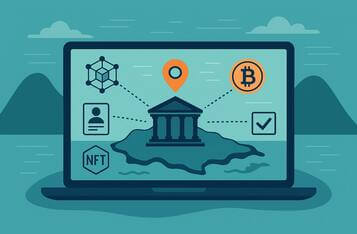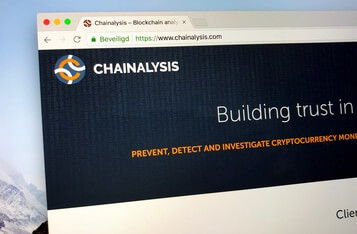MAS Proposes Open and Interoperable Framework for Digital Asset Networks
The Monetary Authority of Singapore (MAS) has unveiled a comprehensive report introducing a framework for the design of open and interoperable networks for digital assets. The report, titled "Enabling Open & Interoperable Networks," is a collaborative effort between MAS and subject matter experts from the Bank for International Settlements' Committee on Payments and Market Infrastructure (CPMI), with contributions from various financial institutions [1].
In addition to outlining the framework, the report explores the application of the CPMI-IOSCO principles for financial market infrastructures to evolving models of digital asset networks. It draws insights from industry pilots conducted under Project Guardian, an initiative by MAS in partnership with the financial industry. The objective of Project Guardian is to assess the feasibility of asset tokenization and Decentralized Finance, ensuring that emerging digital asset networks adhere to international standards that promote safety and efficiency within the financial market infrastructure.
As part of its ongoing efforts, MAS has expanded Project Guardian to encompass a broader range of financial asset classes. To support this expansion, MAS has established the Project Guardian Industry Group, consisting of 11 prominent financial institutions [2]. These institutions will lead industry pilots in asset and wealth management, fixed income, and foreign exchange.
Within the realm of asset and wealth management, several pilots are currently underway. HSBC, Marketnode, and UOB have successfully completed a technical pilot involving the issuance and distribution of a digitally native structured product. This pilot showcased the potential benefits of lower costs, reduced settlement times, enhanced customization, and wider distribution within the structured product chain. Another pilot, led by UBS Asset Management, is exploring the native issuance of a Variable Capital Company (VCC) fund on digital asset networks. This initiative aims to enhance fund distribution and facilitate improved secondary market trading of VCC fund shares, resulting in operational efficiencies for the industry. Additionally, Schroders and Calastone are collaborating to investigate the capabilities of a tokenized investment vehicle that can bundle and issue traditional investment securities using VCCs. Such a vehicle could provide cost-efficient investment allocation for retail and institutional investors while simplifying day-to-day operational processes.
In the fixed income and foreign exchange sectors, pilots involving tokenized asset-backed securities, tokenized bonds, and tokenized bank liabilities are being conducted. Standard Chartered, in collaboration with Linklogis, has developed an initial token offering platform enabling the issuance of asset-backed security tokens listed on the Singapore Exchange. The pilot demonstrated the feasibility of utilizing asset-backed tokenization to grant investors access to yield-generating tokens linked to cashflows from underlying trade finance and working capital loans. Furthermore, DBS Bank, SBI Digital Asset Holdings, and UBS AG are executing a pilot repurchasing agreement (repo) utilizing natively issued digital bonds. This initiative aims to enhance flexibility, operational efficiency, settlement speed, and cross-border distribution and settlement efficiency for capital market instruments on digital asset networks. Citi is also involved in a pilot project that focuses on the pricing and execution of digital asset trades on a distributed ledger. By leveraging ledger data, this initiative aims to improve post-trade reporting and analytics.
In a significant development, the Japan Financial Services Agency (JFSA) has become the first overseas financial regulator to join Project Guardian, forging a partnership with MAS. This collaboration will facilitate knowledge exchange and the sharing of best practices in digital asset innovation and asset tokenization, while ensuring the safeguarding of financial stability and integrity.
Mr. Leong Sing Chiong, Deputy Managing Director (Markets and Development) at MAS, expressed the institution's cautious stance on cryptocurrency speculation while emphasizing the potential for value creation and efficiency gains in the digital asset ecosystem. He highlighted MAS's commitment to collaborating with the industry to foster a responsible and innovative







